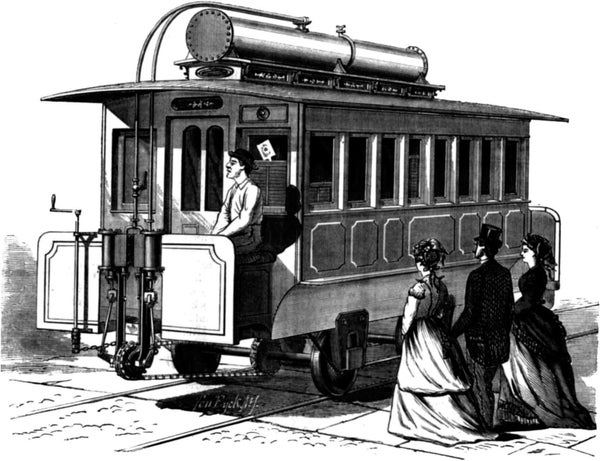1971
Fish in Death Valley
“Small springs and streams dot the Death Valley region, one of the most arid deserts. These small aquatic ‘islands,’ some not much larger than a bathtub, are populated by four species of a tiny fish, known as desert pupfish. More than 20 distinct populations have been identified. Each population is confined to a single, isolated oasis. Some have evidently survived for thousands of years in small habitats where their numbers have never exceeded a few hundred individuals. As a result of evolutionary divergence the species have distinctive shapes and markings.”
On supporting science journalism
If you're enjoying this article, consider supporting our award-winning journalism by subscribing. By purchasing a subscription you are helping to ensure the future of impactful stories about the discoveries and ideas shaping our world today.
Underground Nuclear Explosions
“Since the Limited Test Ban Treaty of 1963 the U.S. has conducted 229 underground nuclear tests and the U.S.S.R. at least 47. These tests have helped seismologists find ways of discriminating between underground explosions and earthquakes, the thorny issue on which efforts to frame a total test ban originally foundered in 1963. A recent article in Nature describes a method ‘that completely separates a population of [27] underground explosions at ... test sites ... from a population of [51] shallow ... earthquakes ... within about 15° of these test sites.’ The 27 tests generated seismic signals whose ‘body wave’ magnitude ranged from 4.2 to 6.2. Body waves, or P waves, travel through the earth’s mantle and can be recorded more clearly at distances between 3,000 and 10,000 kilometers from the event than at shorter distances. They are thus well suited for detecting clandestine events.”
1921
Edison Tests Executives
“When Thomas A. Edison was trying out candidates for executive positions [at his Menlo Park Laboratory in New Jersey], he set before them a list of 150 questions, none of which had any direct connection with the work. Many scoffed. Enough time has elapsed for the results to have justified this unusual mode of selection. Edison told Scientific American, ‘It seemed to me that the very first thing an executive must have is a fine memory. Of course it does not follow that a person with a fine memory is necessarily a fine executive. But if he has not the memory, he lacks the first qualification and nothing else matters.’”
1871
Synthetic Speech, Pre-Siri
“The talking machine of Professor Faber is in Philadelphia. In the exhibition last night, phrases of six and eight words were spoken in English, French and German. The voice is a shrill, monotonous and unnatural one, but in the majority of instances startlingly correct, received by the audience with applause. The machine consists of a gilded table, beneath which appears a bellows. Upon the top a lifeless face, with clammy eyes, stares at you, and behind it is arranged a mass of wires, strings, delicate wooden levers, rubber tubes and pipes. Compressing the bellows forces air through an iron windpipe, and thence into an artificial glottis, from which it passes through a vent representing the human mouth, with movable jaws and rubber tongue. Fourteen levers, when moved in concert, produce the sound of any desired syllable. A separate lever causes a peal of laughter.”
Heat Prevents Colds?
“Chills and fever have been attributed for ages to ‘miasm,’ an emanation from the earth so subtle that the ablest chemist was not able to detect it. But the microscope has discovered in the miasmatic air a multitude of living things. Whether this life is animal or vegetable is in dispute, but it results from warmth, moisture and vegetation combined. To be injurious, it must be breathed into the lungs, or swallowed into the stomach. But cold makes it so heavy that it falls to the earth, and can be neither breathed nor swallowed. Heat carries the miasm towards the clouds. An hour after sunrise until an hour before sunset, as a general rule, it is too high above our heads to injure us because of the heat of the weather. To [be] safe in spring and autumn, dress by a cheerful blazing fire, and take breakfast before going outside. Come home before sundown, take your supper before its setting, by the same cheerful blazing hearth, then go and do what you please.”
By the 1880s most physicians subscribed to the germ theory of disease, discarding the miasm idea, touted by Hippocrates in the fourth century B.C.

